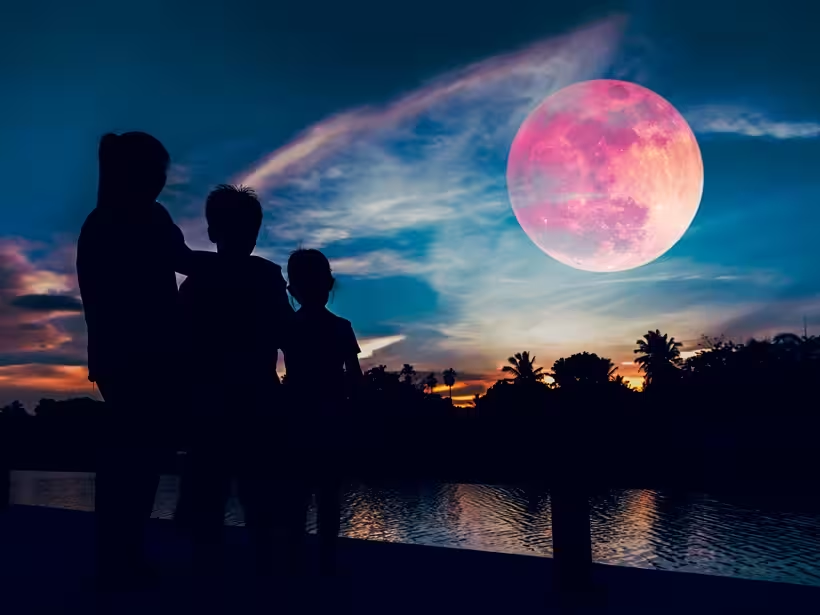
Another lunar eclipse on October 28-29 visible from across India: PIB
text_fieldsNew Delhi: The second lunar eclipse taking place later this month will be visible from nearly all over the world.
Those in India can watch the celestial event at around midnight on October 29 , the Press Information Bureau (PIB) said.
The partial eclipse, happening after the annular solar eclipse on October 14, will be visible from places in Europe, Asia, Australia, Africa, North America, North/East South America, Pacific, Atlantic, Indian Ocean, Arctic and Antarctica.
Moon will enter penumbra at midnight of October 28, and the umbral phase will begin at 1:05am on October 29, ending at 2.24 am lasting for 1 hour and 19 minutes, according to the report.
It will take two more years for those in India to watch another lunar eclipse on September 2, 2025, which will be a total one.
The last lunar eclipse, also a total one, which was visible from India, took place on November 8, 2022.
Lunar eclipses are safe to watch with naked eyes since there are no harmful rays involved as in solar eclipse.
A lunar eclipse occurs when the Sun, Earth, and Moon align with the Moon passing into Earth's shadow.
A total lunar eclipse will occur when the entire Moon comes within the umbra or the darkest part of Earth's shadow.
When the moon comes within the umbra, it usually turns reddish hue; this is the reason why lunar eclipses are often called "Blood Moons".
















